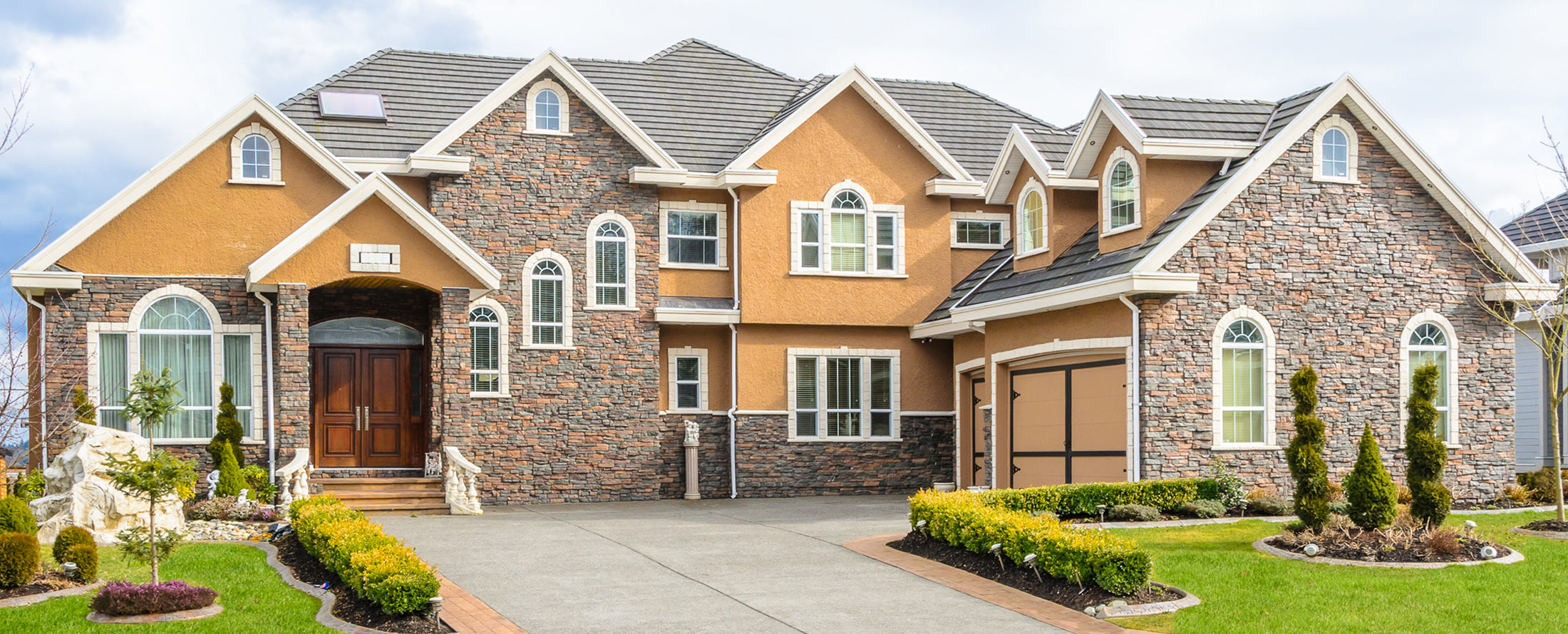Traditionally, houses have peaked roofs with sloping angles. These days, however, flat roofing has grown increasingly popular and is often used as an architectural design for modern houses. Flat roofs have a distinct appeal to themselves and bring forth a good number of benefits that enhance the functionality and aesthetic value of your house.
Benefits of Flat Roofs
While pitched roofs have their place, the benefits of flat roofing to a homeowner are many, including the fact that they are generally more cost-effective. Flat roofs require less material compared to their sloping brethren; this usually means lower initial construction costs and possibly a reduction in the use of complex framing structures.
- Aesthetic of the Modern Kind: Flat roofs offer sleek, modern looks that work great with today’s architecture. They create clean lines and provide a sense of openness inside and out.
- Usable Rooftop Space: Unlike the pitched roofs, the flat roofs have a flat platform which is convertible into functional outdoor living areas. Visualize a rooftop patio for entertaining guests, an urban retreat of an urban garden, or even a sun deck to soak the rays.
- Energy Efficiency: Flat roofs offer a unique opportunity for rooftop solar panels. Additionally, the clear surface area allows for optimal placement to capture the maximum amount of solar energy. Equally important, a well-insulated flat roof will reduce heat transfer and could lower your energy bills.
- Easier Maintenance: Flat roofs are generally easier to access and inspect compared to pitched roofs. This simplifies the maintenance routines involving leak checking and cleaning debris on top of the roof. In fact, many flat roofs can be walked for maintenance purposes, always with caution and accompanied by a professional.
Things to Consider with Flat Roofs
There are certain things to consider while there are several advantages of flat roofs:
- Drainage: Owing to the flat nature of the roof, there is a need to ensure that there is an appropriate mechanism for drainage, which will hinder the collection of water on the surface. This may be accomplished with the use of well-placed scuppers or drains to direct the water off the roof.
- Material: Flat roofs are exposed to all elements of weather; therefore, it is recommended to provide quality and durable roofing material. EPDM rubber membranes and modified bitumen have been excellent choices, mostly because of their quality to stay durable for longer periods and resist weather conditions.
- Maintenance: Like other roofs, flat roofs need occasional maintenance to keep them performing effectively. This may be done through periodic inspection for leaks or looking for signs of wear and tear.
Is a Flat Roof Right for You?
Your decision to go for a flat roof will depend on the aesthetic appeal, your budget size, and your local climate. Flat roofs work best in places where there is little or no snowfall; heavy snow tends to weigh down the roof structure heavily. You can also consult with a professional roofer like Clean Roofing to find out if a flat roof is a perfect fit for your home and discuss with them the best flat roof design for your needs.
Conclusion
Flat roofs give one more stylishness and functionality in place of the pitched roof. This kind of roofing might add charm to your house, space outdoors, or possibly have an economical value in energy consumption. After learning what the benefits of flat roofing** are and just how to balance flat roof pros and cons**, you can be sure to make the right choice for your next renovation project. Clean Roofing has extensive experience with all systems of roofing, including the flat roof. Because of this fact, reach out to them today and discover what options and possibilities exist for that beautiful, functional flat roof of your home.




 888-336-2115
888-336-2115


